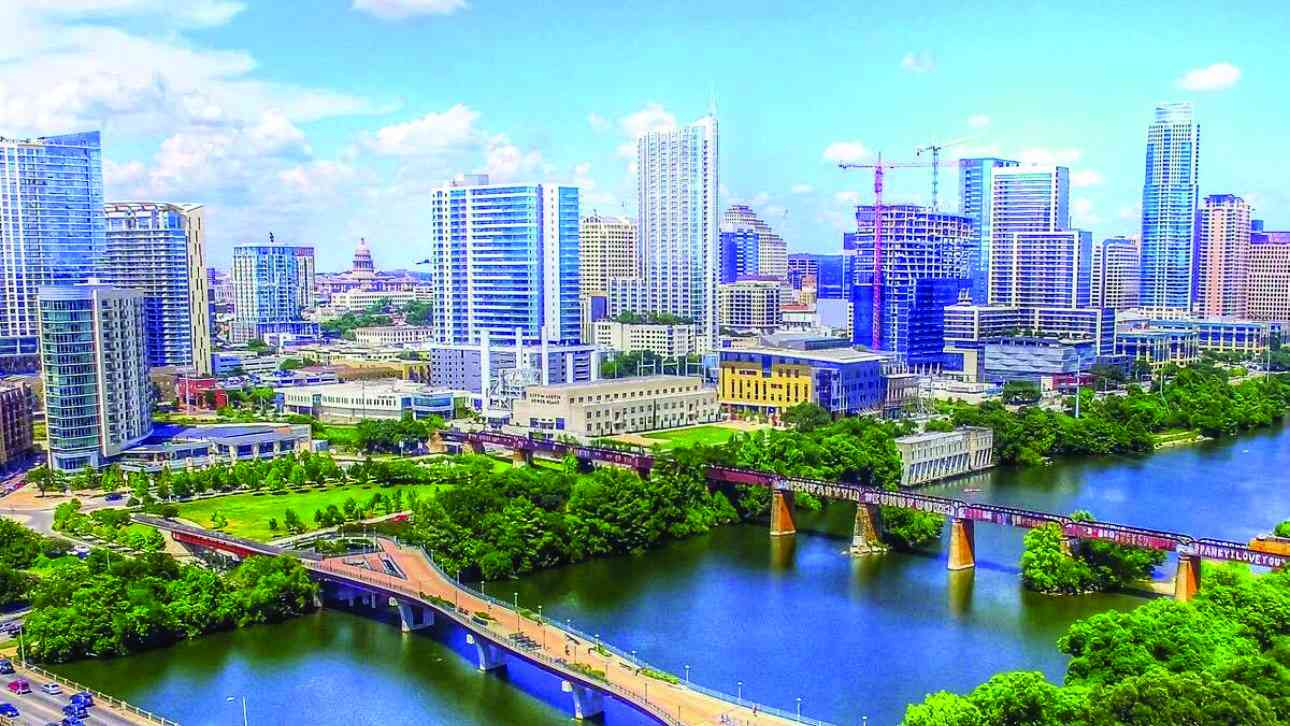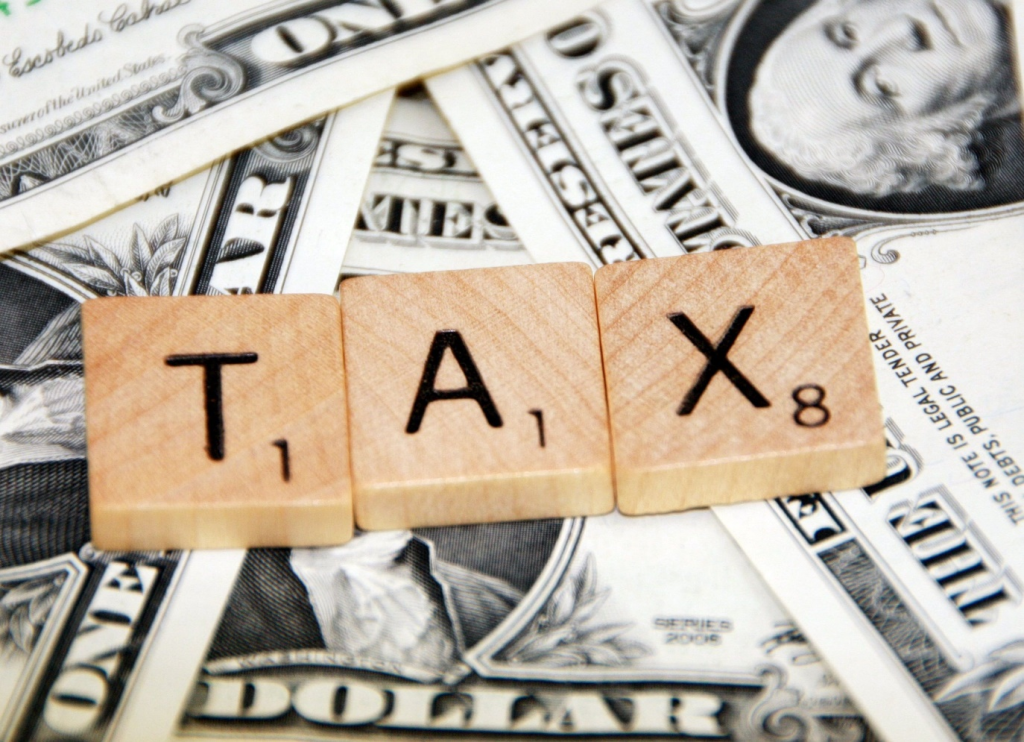
GLOBAL leadership has acknowledged the need for climate action, and mitigation and adaptation have filtered down to all as the urgent need to combat climate change has become critical.
The built environment, encompassing infrastructure, residential, commercial, and industrial structures, accounts for a significant portion of global greenhouse gas emissions.
The challenge is even more pronounced in Zimbabwe as urbanisation accelerates and the demand for energy and construction materials rises.
However, with a robust decarbonisation strategy, Zimbabwe can lead towards a sustainable future, aligning with its net zero target by 2050.
It is a known fact that the built environment is responsible for approximately 40% of global carbon emissions. This figure is exacerbated in Zimbabwe by outdated construction practices, reliance on fossil fuels, and inefficient energy usage.
As cities expand, the need for immediate action becomes more pressing. With climate-related disasters increasing in frequency, the stakes are high.
Decarbonisation is not merely an environmental imperative but an opportunity for economic transformation. By embracing innovative building techniques, sustainable materials, and renewable energy sources, Zimbabwe can create jobs, stimulate local economies, and reduce its carbon footprint.
Before proceeding with other matters, we must understand how Real Estate directly contributes to carbon (CO2) emissions as we build the case for decarbonisation in the built environment.
- COP27: Zimbabwe’s opportunity to shine
- Shot in the arm for Chiredzi, Bikita communities
- COP27: Zimbabwe’s opportunity to shine
- What are your climate plans for 2023?
Keep Reading
First and foremost, buildings require energy for operation, which is often generated by fossil fuels and results in CO2 emissions. The extraction, production, and transportation of building materials, such as steel, cement, timber, and glass, require energy and result in emissions.
Property development and building construction involve various energy-intensive processes, including manufacturing, transportation, and installation of materials.
Building operations and maintenance activities like heating, cooling, powering buildings, maintenance, and repairs consume energy and generate emissions.
The maintenance of lawns, gardens, and other outdoor spaces requires energy-intensive equipment and water treatment, leading to emissions.
Furthermore, poor indoor air quality can lead to increased ventilation and air cleaning energy consumption, resulting in higher emissions.
For their operation, buildings require water for various purposes and treating and pumping water consumes energy, leading to emissions.
Building operations generate liquid and solid waste; the construction, renovation, and demolition processes generate waste, resulting in landfills and methane emissions.
Inefficient building design and orientation can increase the energy consumption of heating, cooling, and lighting. Buildings far from public transportation hubs or in areas with high congestion can increase transportation-related emissions.
Lastly, demolition and disposal processes can generate significant emissions if not managed sustainably at the end of a building's economic life.
The case for decarbonisation of the built environment is thus brought clear and is crucial for the following several reasons:
The built environment accounts for approximately 40% of global emissions, with buildings and construction activities contributing significantly to carbon emissions.
Reducing emissions from the built environment is essential to limit global warming to 1,5°C above pre-industrial levels and achieve net-zero emissions by 2050.
Decarbonising the built environment involves improving energy efficiency, which reduces energy consumption and costs.
A decarbonised built environment supports sustainable development, ensuring a healthy, productive, and resilient environment for occupants.
It is important to note that decarbonising the built environment can create new jobs, stimulate innovation, and attract investments in sustainable infrastructure.
Decarbonising the built environment will not be a new phenomenon. Countries like the United Kingdom (UK), Norway, and Sweden have long embarked on net-zero emissions targets, driving efforts to decarbonise their built environments.
Singapore developed the Green Building Masterplan to achieve 80% green building certification by 2030. The European Union's (EU) Energy Performance of Buildings Directive mandates energy-efficient renovations and new constructions.
The United States (US) Green Building Council's LEED certification recognises sustainable building practices, with over 100 000 certified buildings.
There are existing schemes like LEED, BREEAM, and WELL in operation promoting sustainable building practices, with over 200 000 certified buildings worldwide setting the stage for Zimbabwe to embrace global best practices for building rating and certification, all aiding the decarbonisation of the built environment.
Materials, design, and construction advancements have led to energy-efficient solutions like passive houses, zero-energy buildings, and smart grids.
Cities adopt sustainable urban planning and design strategies, such as green infrastructure, walkable neighbourhoods, and mixed-use development.
The current Sustainable Cities programme by UN-Habitat and Green Building Council Zimbabwe is the testimony of a live example of efforts underway.
The United Nations' Sustainable Development Goals (SDGs), the Paris Agreement, and the Global Alliance for Buildings and Construction (GABC) promote international cooperation and knowledge sharing on decarbonising the built environment, which Zimbabwe can leverage.
Thus, it is a given that by learning from global insights and best practices, we can accelerate decarbonisation efforts in the built environment, creating a more sustainable and resilient future for all.
To achieve net zero in the built environment, Zimbabwean authorities must adopt a comprehensive and phased approach, prioritising energy efficiency, renewable energy integration, material selection, water conservation, and indoor air quality.
The envisaged roadmap for authorities to consider ensures a sustainable and resilient built environment for future generations.
The first Phase would entail a policy and regulatory framework where the development and implementation of policies and regulations supporting green building and decarbonisation.
This can be done through the development of green building codes and standards. Green Building Codes set the foundation for the construction of energy-efficient buildings.
These codes will mandate using sustainable materials, efficient insulation, and renewable energy systems like solar panels. At the global level, the green building councils hold the mandate.
For Zimbabwe (GBCZ), the local chapter, also a World Green Building Council member, should be statutorily recognised as the authorised body to promote best practices and certification.
Further, sustainable urban planning practices should be mandatory as they promote mixed-use developments that reduce the need for transportation and incorporate green spaces that enhance urban ecosystems.
The next phase will delve into energy efficiency and renewable energy. Many of Zimbabwe's buildings are energy-inefficient, as statistics point to a 30% power distribution waste, which would be a noble cause for implementing energy-efficient building design and operations.
The government should incentivise retrofitting initiatives that upgrade heating, cooling and lighting systems.
The GBCZ should promote renewable energy integration, such as solar and wind power.
The deliberate investment in renewable energy becomes a must just as well; Zimbabwe is already inundated with increasing the share of renewables in its energy mix, focusing on solar, wind, and biogas energy.
This shift will reduce emissions from the built environment and enhance energy security.
Lastly, this phase would promulgate incentives for building owners and developers to adopt energy-efficient measures.
The third phase would deal with inputs into construction, where the material selection and water conservation issues are addressed. Encouragement of sustainable material selection and supply chain optimisation, implementation of water-conserving measures, and efficient water management systems would be paramount, as would the promotion of circular economy principles in building design and operations.
Lastly, the fourth phase would enhance indoor air quality through natural ventilation and non-toxic materials. It would also push for net zero emissions in the built environment through continued innovation and sector-wide adoption.
It is further recommended that the education curriculum for building professionals should be revised to adopt green building initiatives.
Community involvement is vital in the decarbonisation journey. Awareness campaigns will educate citizens on the benefits of sustainable living, encouraging them to embrace energy-efficient practices in their homes.
Local governments can facilitate this by providing resources and support for community-led green initiatives.
Despite the promising roadmap, Zimbabwe faces numerous challenges. Limited financial resources, regulatory hurdles, and the need for skilled labour can hinder progress.
However, fostering a culture of innovation and collaboration can transform these challenges into opportunities.
Decarbonising Zimbabwe's built environment is a daunting yet achievable goal. By aligning its strategies with the net zero roadmap, Zimbabwe can pioneer a sustainable future that benefits both people and the planet.
As the nation embarks on this transformative journey, it must rally together — government, businesses, and citizens alike — to build a resilient, low-carbon society.
The time for action is now; a greener, more sustainable Zimbabwe awaits. The real estate industry can reduce its carbon footprint and contribute to a more sustainable future by addressing these aspects.
Juru is the chairperson of the Green Building Council of Zimbabwe and chief executive officer at Integrated Properties.










